Wireless access control is a particular type of security that enables installers to give buildings and places Wi-Fi access control functionality without utilizing substantial cabling to connect the system’s components.
Instead, wireless systems use access control Wi-Fi technology to relay signals between the parts that read access requests, the software that authenticates access requests, and the electronic locks that unlock doors for authorized users or allowed guests.
The key distinction between wired and wireless access control systems is the amount of time, effort, and money needed to connect system components, despite the fact that their functionality, performance, and fundamental functioning are often comparable.
Wireless door access control systems are appropriate for multi-tenant apartment complexes, condos and gated communities, office buildings, and other commercial or industrial structures.
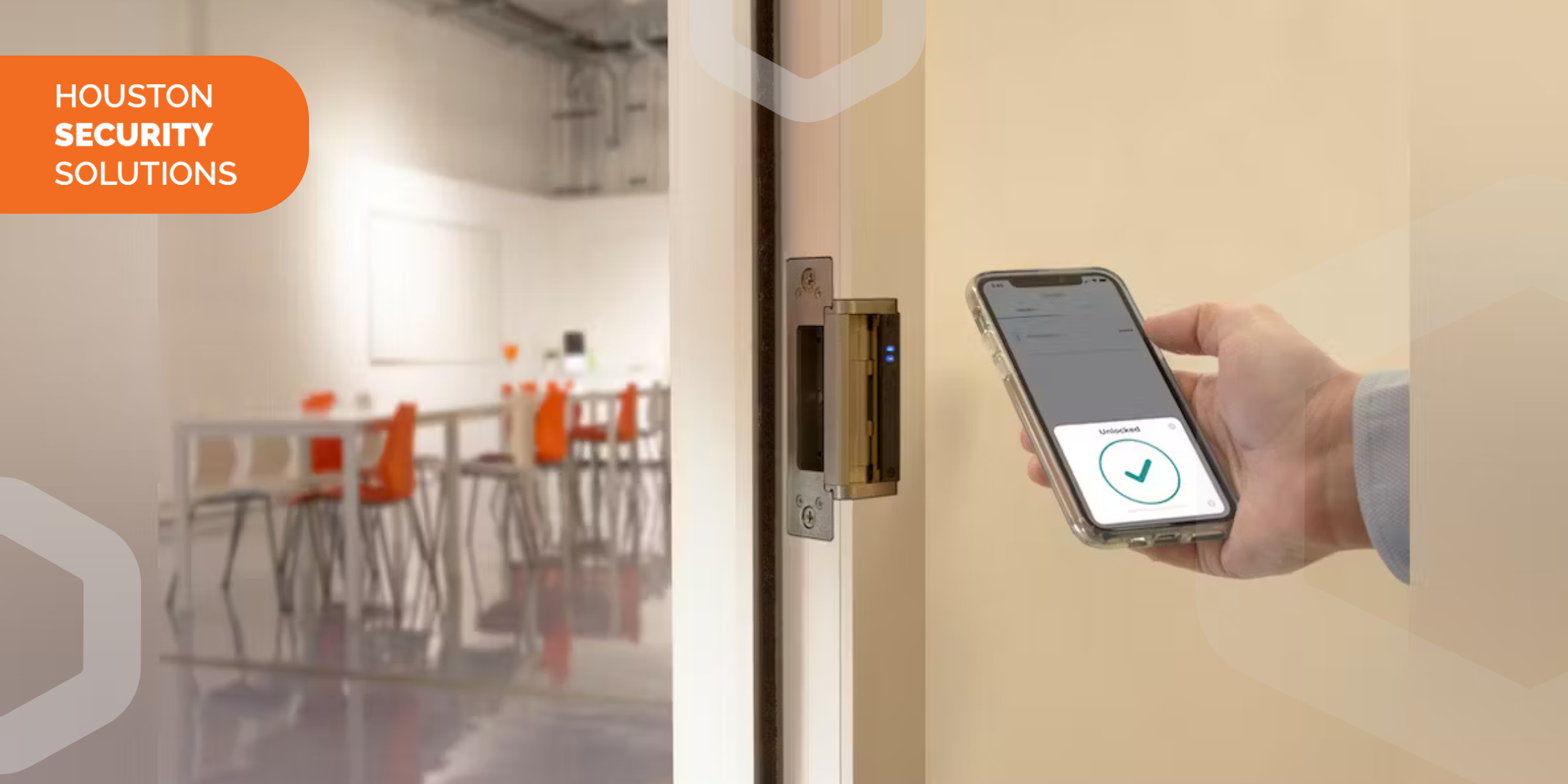
Components of a wireless access control system
Learn how wireless access control differs from wired solutions in this section.
Several of the fundamental parts of wireless door access control systems are also found in wired systems.
Credentials: Users who are authorized to enter a building’s entry or a restricted area must be present.
Door readers: Take credentials and send them to authentication software.
Software: Controls user information and access events
Control unit: manages the electronic door entry system and verifies access requests
electronic locks In response to signals from the Wi-Fi access management software, open or stay locked.
Wi-Fi networks: Securely transmit messages between software, door readers, and smart locks.
Door readers and electronic locks can use existing wiring or Power over Ethernet (PoE) technology as a source of power.
Access Your Office with Smartphone
Discover why thousands of companies have Access Control System
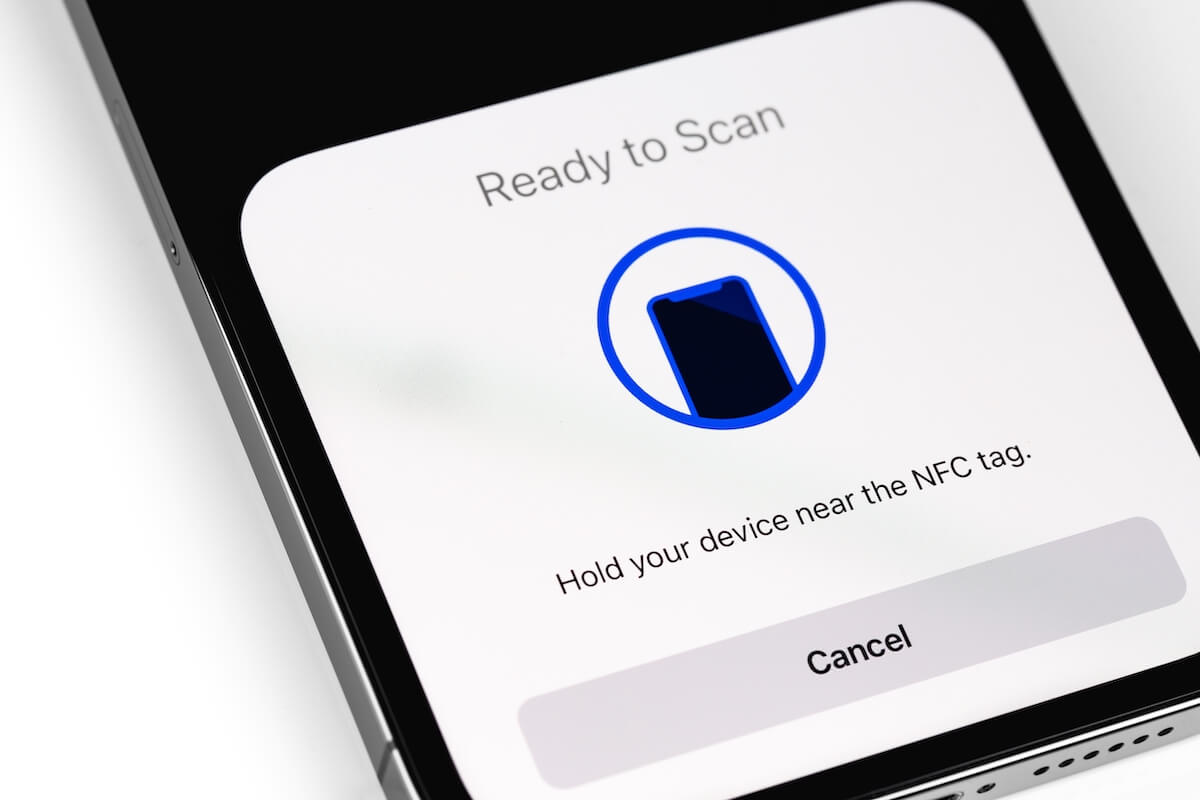
Wireless access control system credentials
The ability to select from several credentials is one of the key advantages of having a Wi-Fi access control system in your facility. While some wireless door access control systems only accept a single type of credential, others allow users to select from a variety of credentials and support multi-factor authentication (MFA). For Wi-Fi access management, there are five main categories of credentials:
PIN codes are entered using a keypad. They are typically used in conjunction with other MFA credentials or in low security places.
Users swipe a card containing a magnetic strip or chip through a reader to gain entry.
Key cards and key fobs featuring RFID technology allow users to present credentials when they are close to a reader without having to swipe their card.
Mobile solutions: Customers have an app on their smartphone or other mobile device that uses their ID and has a door-unlocking capability.
Biometric solutions: Biometric solutions, such as fingerprint scanning, iris scanning, voice recognition, and facial ID, are used to control access to higher-security locations.
Cloud Based Access Control
Learn about cloud based access control system and its futures.
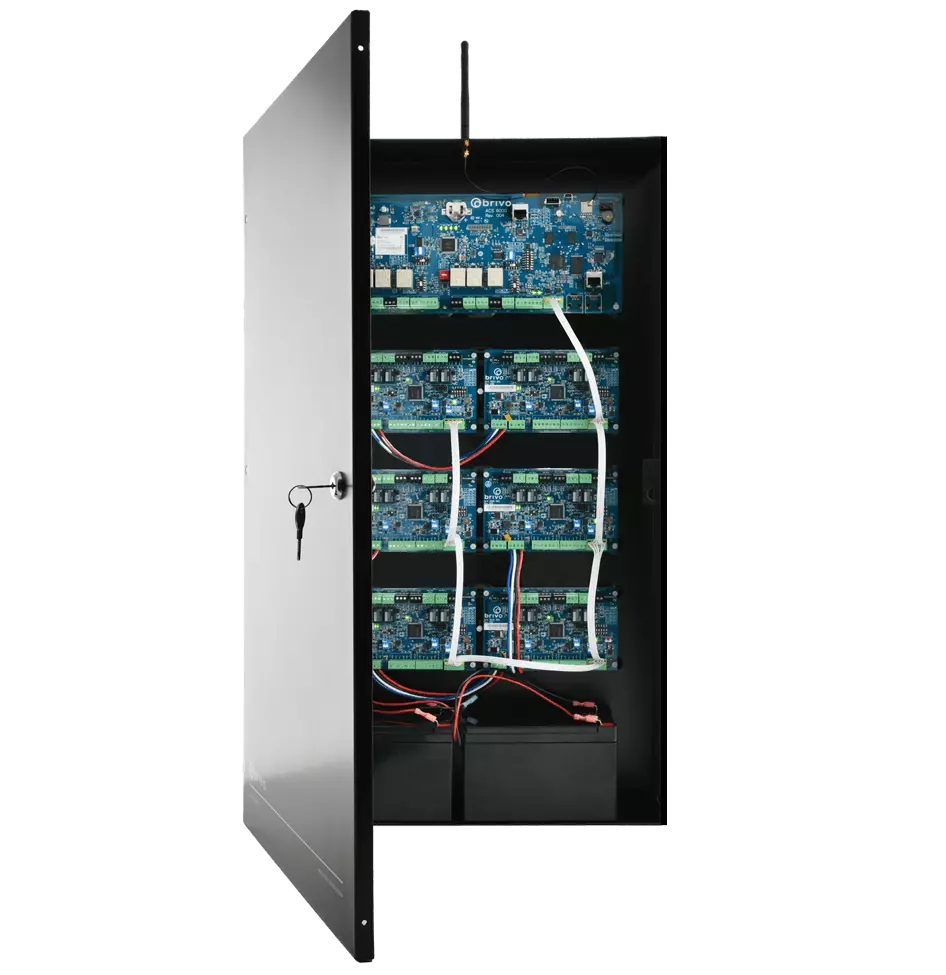
Door readers and locks for Wi-Fi access control systems
To offer protection for regions with various levels of risk, wireless door access control readers can be set both inside and outside the structure. At these access points, electronic locks will also need to be installed in order for the system to control the lock state of the door. They are utilized in places like:
Major building entrances
Turnstiles Elevator doors
Doors leading into secure offices or restricted spaces, such as delivery rooms, server rooms, and data centers
Your budget, security needs, and chosen credentials have a major role in the sort of door reader you choose for your wireless access control system. You will have more installation options for the readers because a wireless door access control system does not require hardwiring to the other parts.
A robust network is necessary for a successful wireless access control implementation because the readers will require a dependable Wi-Fi connection regardless of the type of device or supported technology.
Software for WiFi access control
The database of authorized users and their access privileges, as well as door schedules, activity logs, and other features, are stored in the software for a wireless door access control system. It is crucial to keep the database updated by adding new users and removing users who have departed or who no longer have permission to access particular sections in order to maintain security.
For analysis, auditing, and incident evidence, the Wi-Fi access control software also records door reader data. It’s a good idea to seek for wireless access control systems for your building that can easily integrate with other IoT-connected technologies and use the cloud for data storage.
Join UPS Stores Using Access Control
With Cloud Based Access Control, UPS Stores can regulate and track who enters its facility for PO Boxes.
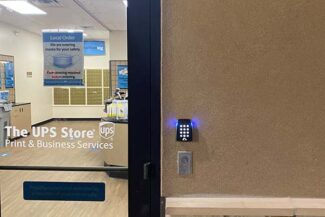
Wi-Fi network and connectivity
Because Wi-Fi access systems rely on the Internet for connectivity, setup is easier and deployment costs are lower. But, the access control Wi-Fi system needs to be able to send signals fast, precisely, and reliably. It also needs to have the range to cover the entire building without losing signal strength.
Wi-Fi is the most popular connection type for access control, but there are other possibilities. Certain wireless access control systems enable Bluetooth communication, however users must be quite close to the reader for it to work. Mesh networks are also becoming increasingly common, particularly for huge complexes and outdoor areas.
It’s crucial to remember that wireless networks are susceptible to hackers and breaches. Your access data is protected while in motion and at rest thanks to good cybersecurity procedures and encryption.
Commercial security cameras for business
- Business security cameras with enhanced coverage and IR that improve situational awareness
- Video analytics with AI to find incidents
- Hours of video are easily sorted through by Video Search to locate a suspicious person or vehicle.
- Integrates with third-party ONVIF® compliant platforms
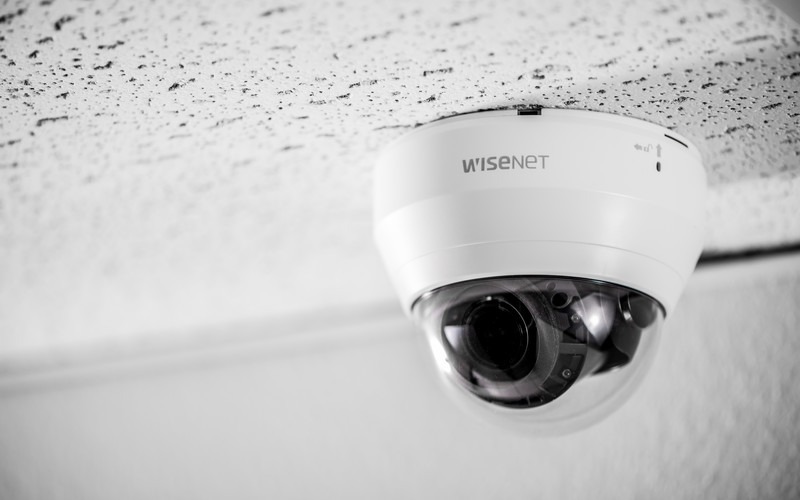
Benefits of wireless access control
The security and ease of access to buildings can be drastically improved by purchasing a wireless door access control system.
Strong security. Without the difficulties of running dedicated wiring to the system, wireless access control systems allow building owners and security experts to grant access and maintain high levels of protection at vulnerable or restricted entries throughout a building.
decreased expenses. Access Control The cost of installing, connecting, and maintaining specialized wiring to all system components is eliminated by Wi-Fi. If the building’s Wi-Fi system is strong enough, installers can also use it, significantly lowering costs.
quicker installation. While component installation times for wired and wireless access systems are comparable, installers do not have to spend time planning and installing specific cabling, which is occasionally necessary in hard-to-reach regions of a building. In addition, wireless device configuration is typically easier, and if the system is cloud-based, many functions can be completed remotely.
User convenience. Wireless door access control systems support a range of user credentials, giving users simple access while upholding high levels of security. Operators can also remotely administer a cloud-based wireless access system, including lockdowns and remote unlocks.
simple user management. Security staff no longer need to issue, manage, and replace a huge number of individual keys or fobs thanks to Wi-Fi access control systems that allow mobile credentials. Instead, individuals can create and control digital credentials online. Security teams may manage user credentials from any place on any Internet-connected device with a cloud-based wireless access control solution.
flexible security management. Security teams have operational freedom thanks to cloud-managed wireless access management. They can manage access requests, unlock or lock doors, and keep an eye on alarms from any location with a secure Internet connection, eliminating the need for them to be on-site after hours.
Scalability. Compared to traditional wired systems, Wi-Fi access control solutions are simpler to scale. There is no need to delay or disrupt an existing access control Wi-Fi network in order to add new readers. IoT technology also makes it easier to add new locations or zones to the network.
improved security insights. All access requests are recorded by wireless access control systems, together with information about the user’s identity, location, and credential type. They also shed light on potential security concerns like tailgating, doors left open, or access requests from unknown individuals. This data can be helpful for security audits, management reporting, and compliance records, as well as for assessing access activities.
little support required. Compared to traditional lock and key or wired systems, wireless access control solutions for doors require less maintenance. Because the IT or network team manages and maintains connectivity, security staff is not required to do so. If the system is cloud-based, there are no servers to maintain because they are taken care of by the cloud hosting company.
Easy integration. Other security elements, including sensors, video security cameras, building systems, visitor management, and emergency systems like fire and smoke alarms, can be simply linked with Wi-Fi access control. As a result, a thorough IoT-connected security solution is created, allowing security professionals to oversee and control all activity from a single point of contact.
Don’t risk legal
responsibilities.
Contact us right now to set up a consultation with one of our qualified security consultants. We will assist you in seamlessly navigating the complicated terrain of video surveillance laws. Your company deserves the greatest protection possible!
Challenges of wireless door access systems
There are many advantages to wireless access control, but there are also some possible disadvantages, such as:
Wi-Fi coverage is poor. Users may become frustrated and security may be jeopardized if the system does not provide consistent signal strength throughout a building. Weak Wi-Fi signals for access control might cause erratic unlocks and unintentional system failures.
dangers to security. The technology is useless if there is no wifi signal. This can present a serious security risk, especially if failovers are intended to unlock doors in the event of an outage. Furthermore, interruptions to wireless access control systems may cause data loss and delays during the outage, leaving security teams in the dark.
poor network performance. The Wi-Fi network for access control must have enough bandwidth to allow high-speed communication between door readers, software, and door locks, especially if the network must transmit traffic that requires a lot of data, like video or biometrics. Poor performance might result in a delayed response to access requests, which can cause dissatisfaction and possibly congestion at busy access points.
Planning and implementing wireless access control systems
Working with a qualified security expert or installation is crucial since planning a wireless door access control system can be difficult and time-consuming. They can assume responsibility for implementing and maintaining the system and offer expertise on solution design and equipment.
Finding vulnerabilities in your buildings and choosing security features to guard key entrances and high-risk zones are both crucial parts of preparing a successful wireless door access control deployment. In order to guarantee that the system offers robust coverage across the facility, a wireless access control strategy will specify Wi-Fi networks and wireless routers.
It’s critical to do thorough testing after installing the system or updating current infrastructure to ensure that all components function properly. You should also train security personnel and end users.
Consultants can also help with budget projections for the charges and ongoing fees associated with the wireless access control system. The budget will include the cost of procuring and installing system components as well as expected operating and maintenance costs for the number of spaces to be covered. If the system is cloud-based, the budget will include any appropriate subscription fees for hosting, operating, upgrading, and supporting the system.
Wireless door access control solutions for your property
A wireless access control system can provide convenient access for your authorized users and visitors while ensuring the highest levels of security throughout the property. Wireless access technology systems offer important cost benefits, as well scalability and simple management. Investing in a wireless access control system not only provides protection, it can add value to the property and help to attract more tenants or buyers.
Have questions? We can help
Our security experts can help you implement the right security system for your business.






